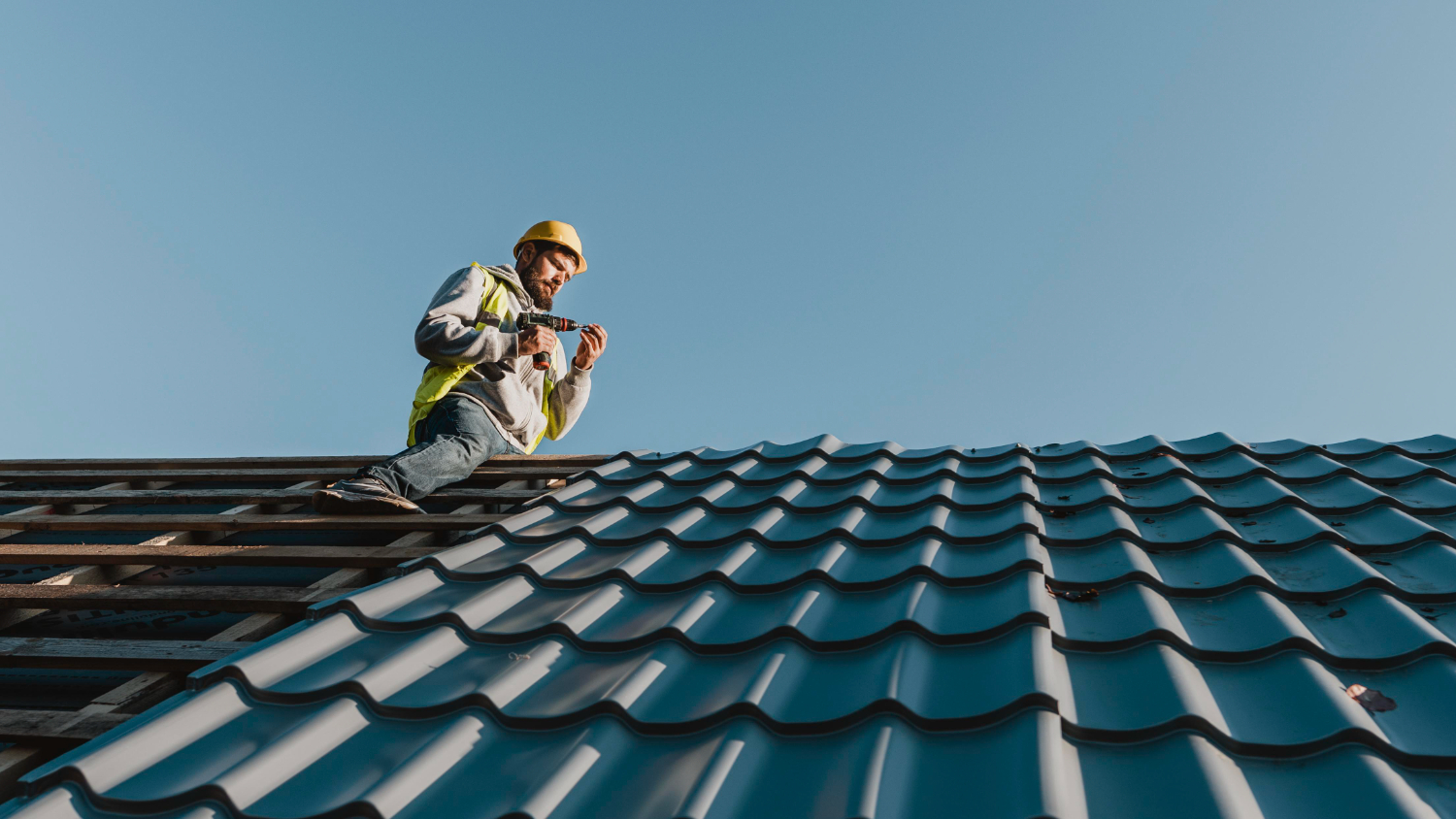Winter is cruel to roofs, and it’s also necessary to understand how it affects different roofing materials to keep the home safe and dry. If you are living in Oshawa, it is worthwhile to hear about what an Oshawa roofing company is doing to safeguard your roof in winter. Here’s a simple guide to understanding the challenges winter brings to roofs.
How Winter Affects Roofs
1. Cold Makes Materials Brittle
Roofing materials like shingles, are usually made of asphalt or fibreglass. These materials are hardening and brittle at very low temperatures. It only illustrates a toy that is fragile in the cold weather. When shingles split or break, precipitation can get into your house. That’s why inspecting your roof and your attic insulation early in the winter season is important.
2. Snow Can Be Heavy
Snow is aesthetically pleasant to watch falling, but is also very compact. Generally, a snow cover of average thickness is not a large problem, but if, for example, piled on the roof, it may be too much to support. Snowload heavier than usual is likely to result in the roof tiles of their house being destroyed. So it is, that before snow season, homeowners should seek professional help to prepare for the winter.
3. Ice Dams Form
Ice dams form when the snow outside the roof melts due to the weather’s heat inside the house. Melted water flows onto the roof and refreezes at the roof edges, which is cooler. This seals an ice layer that stops water from overflowing from the roof. When water can’t flow freely, it can backwash up and seep under shingles, creating leaks in your home. For example, when water runs in a river and is blocked by ice, the water has nowhere to go but flows out to another place, damaging the way.
4. Problems with Gutters
Gutters are the lines along which the roof rain and snowmelt drips are gathered and removed from the house. Winter is the season of ice and snow, so gutters get clogged. If they are occluded, water may spill over the side instead of draining. This may leave water dripping down the sides or seeping around your home’s base, ultimately leading to significant damage over time. Maintain the integrity of the gutters and free them from snow in winter as well to help your roof last longer.
5. Condensation Issues
Condensation happens when warm air meets cold surfaces. When warm air inside the house is forced into the cold ceiling “blowers,” warm air is pushed toward the cold roof, and condensation (tiny water droplets) forms at the roof’s underside. This water can lead to mould formations and wood decay in the long run due to the timber components of the roof. Isolating penetrable insulation to prevent the infiltration of warm air leads to the absence of condensation.
Conclusion
Winter can be detrimental to the roofs because of the cold temperatures, the heavy snow, the formation of ice dams, and so on. The awareness of such problems allows homeowners to maintain better levels of their roofs. Working with a reputable roofing company will help you prepare for winter, save you heat, keep your house safe, and warm up throughout the year. Monitoring your roof is the best way to ensure it survives the winter.





